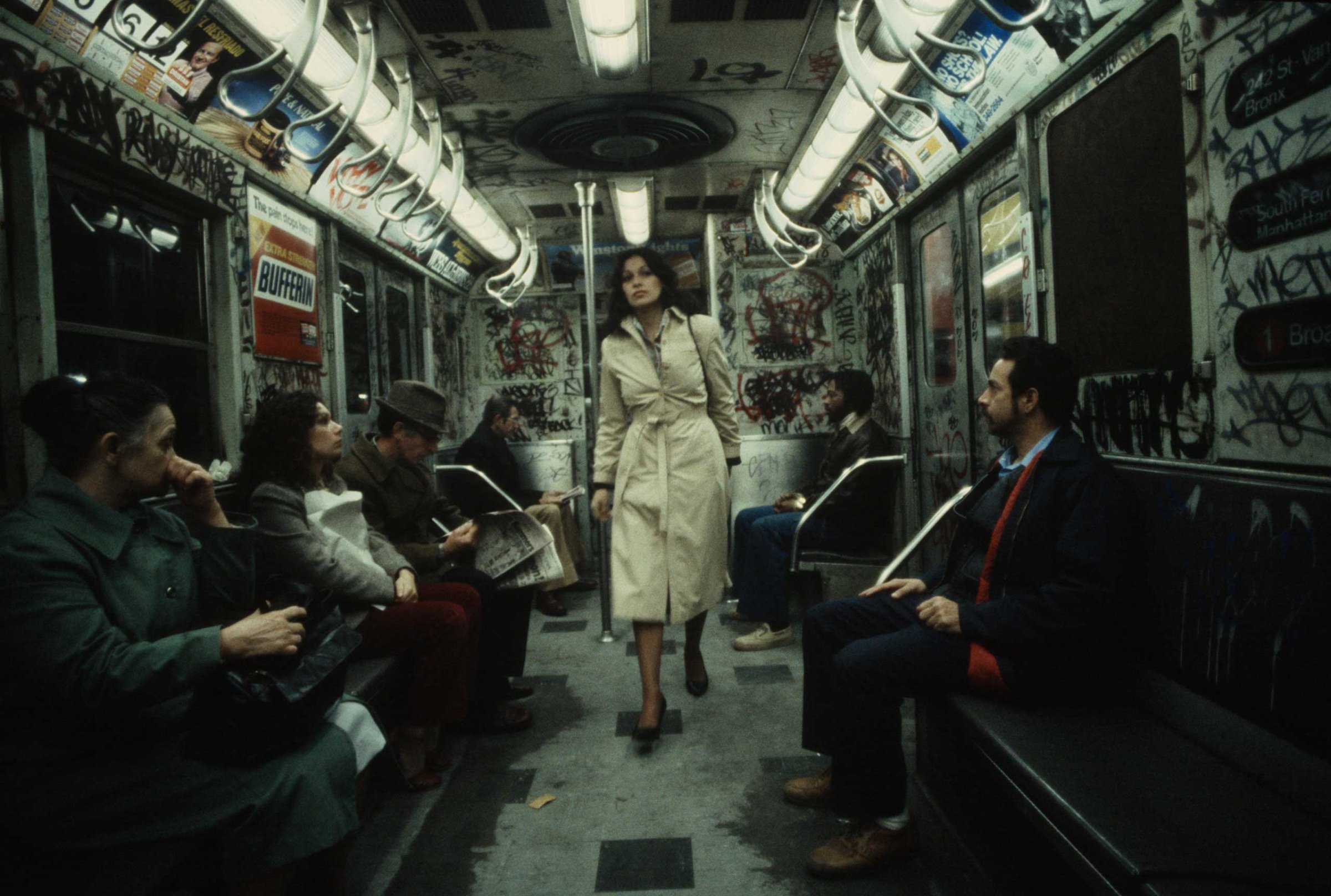
New York was a very different place in the 1980s. Throughout America, and the world, it had a reputation for being a crime-riddled, dirty metropolis — one much changed from its bustling, mid-twentieth century prime. And nowhere was this more evident than on the city’s subway trains and platforms. Once the pride of Manhattan and the boroughs, the network had become a virtual no-go area both at night and during the day. Indeed, even a cursory glance at crime statistics shows us that in 1985 there were approximately 14,000 underground felonies — a far cry from today’s approximate 2,000.
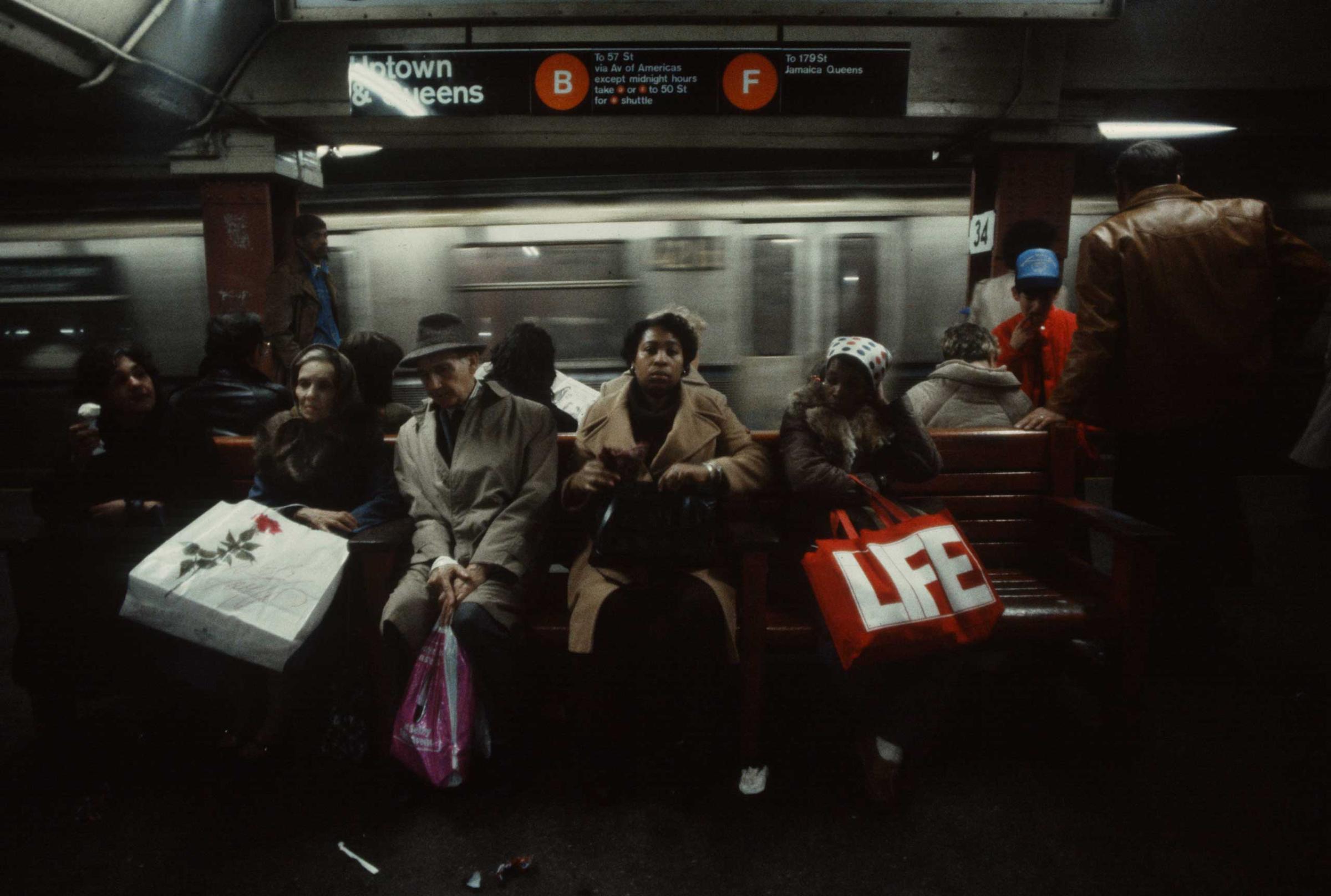
But to a then 22-year-old Florida photographer named Christopher Morris, who was interning at New York photo agency Black Star, and who was eager to make his mark like photographers he admired working in Beirut and El Salvador, this graffiti battleground proved an opportunity to work on something of a domestic front line.
Today a TIME contract photographer and an award winning photojournalist, Morris recently re-discovered these previously unpublished shots when he read an interview with famous graffiti artist Tracy 168, who he had photographed in the 1980s. Now, looking back through his archive, Morris remembers that time as being pretty unique: “I was actually out looking for criminal elements,” he says on the phone, “trying to prove myself as a photojournalist, and prove myself to myself.”
Over a six-month period in 1981, Morris embedded himself in the world below, sometimes riding the trains alone, other times riding with the Guardian Angels volunteer anti-crime group. He’d hang out with groups of teens riding trains at night, and show up in the early morning to catch work-bound commuters.
Using ektachrome film and a magenta filter to offset the florescent lights, Morris found interesting subjects in the relatively safe commuting space of midtown Manhattan, further north in the Bronx, and the eastern wilds of Brooklyn. He also happened to be working at approximately the same time as Bruce Davidson, a photographer who memorably chronicled 1980s subway life, and whom he admired greatly.
The images that emerged from his months-long project show subway cars being tagged, and stations covered in dirt and grime, but we also see commuters going about their business — reading newspapers, listening to music — beneath advertisements for vacation deals and aspirin.
Morris’ work provides a window on a long-gone New York, a metropolis that once pulsed with a very different energy — a frenetic, dangerous tone — than one feels in most of the city’s neighborhoods today. But even back then, as Morris’ pictures attest, Gotham remained an always fascinating and, at times, disarmingly beautiful place.
Christopher Morris is a TIME contract photographer and is represented by VII. His latest book Americans was published by Steidl. See also: Conclave, a short film by Morris.
Richard Conway is Reporter/Producer for TIME LightBox. Follow him on twitter @RichardJConway
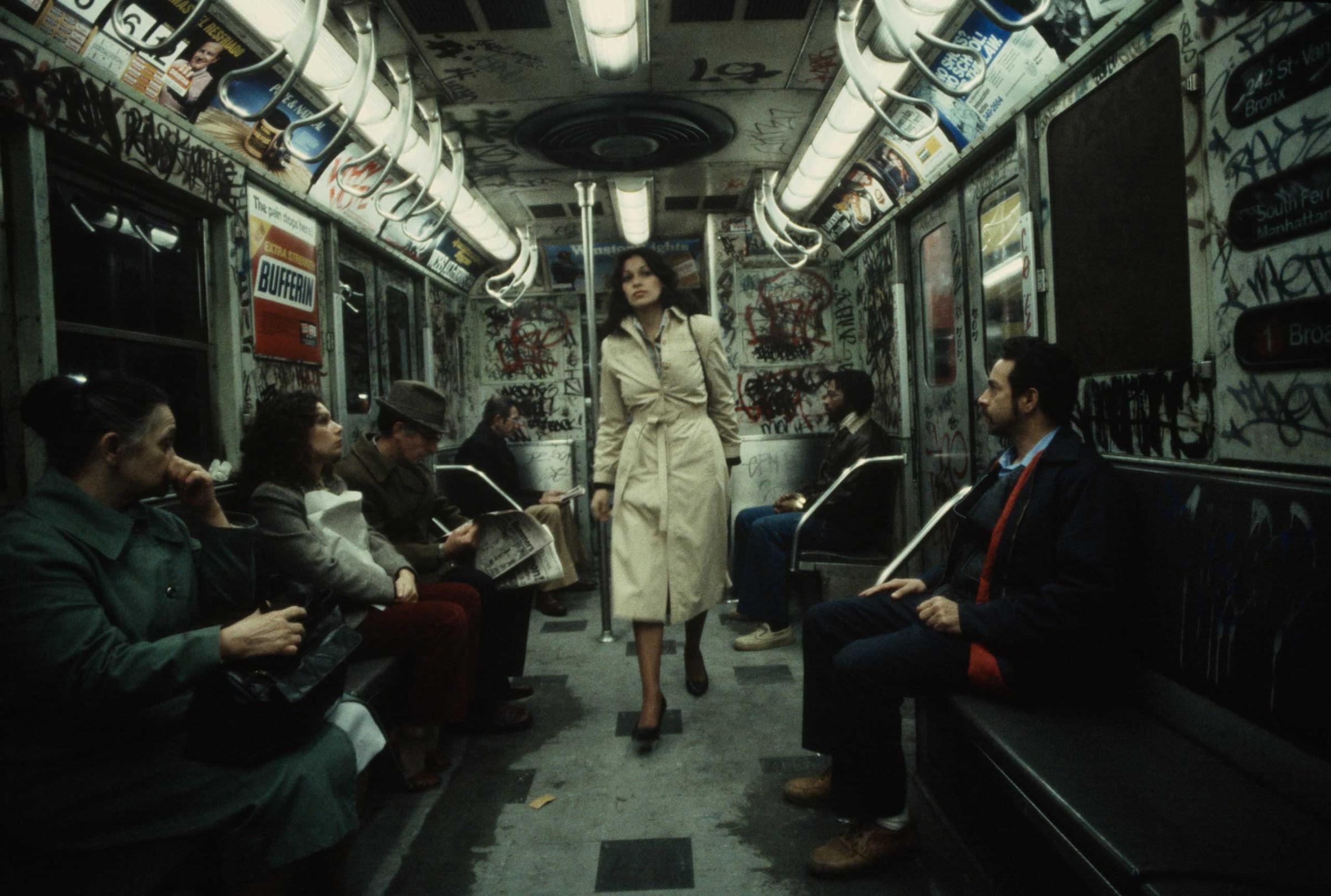
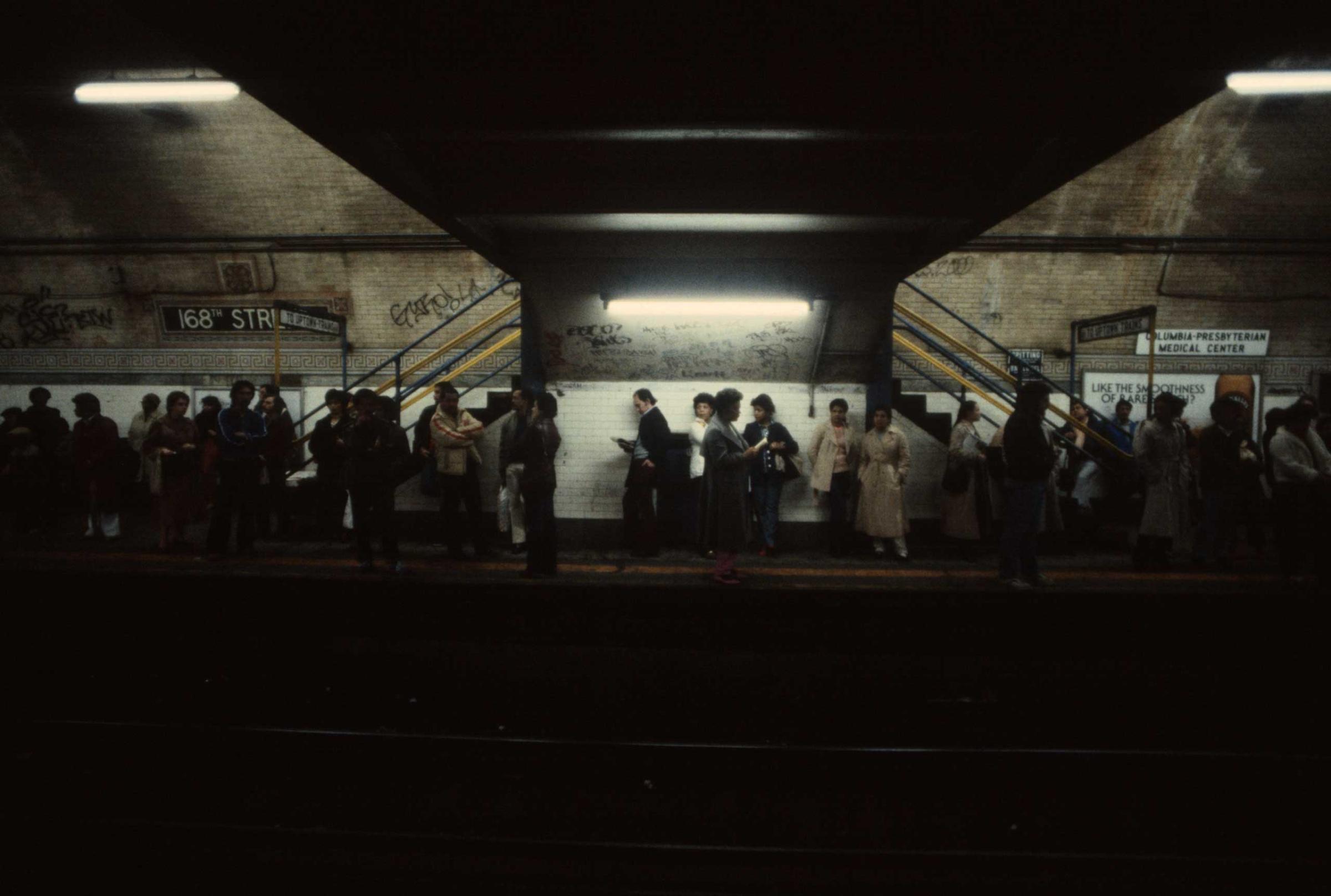



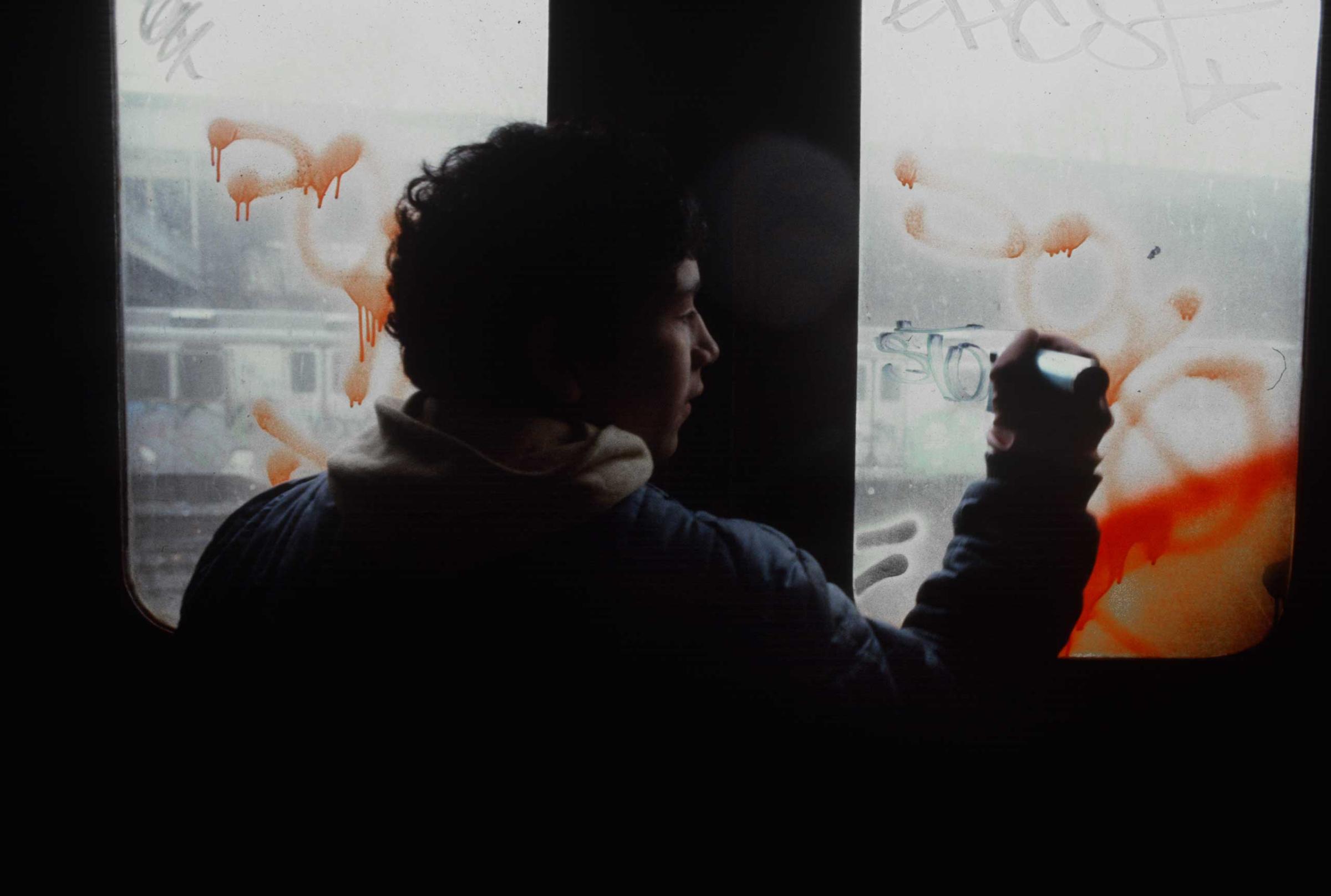
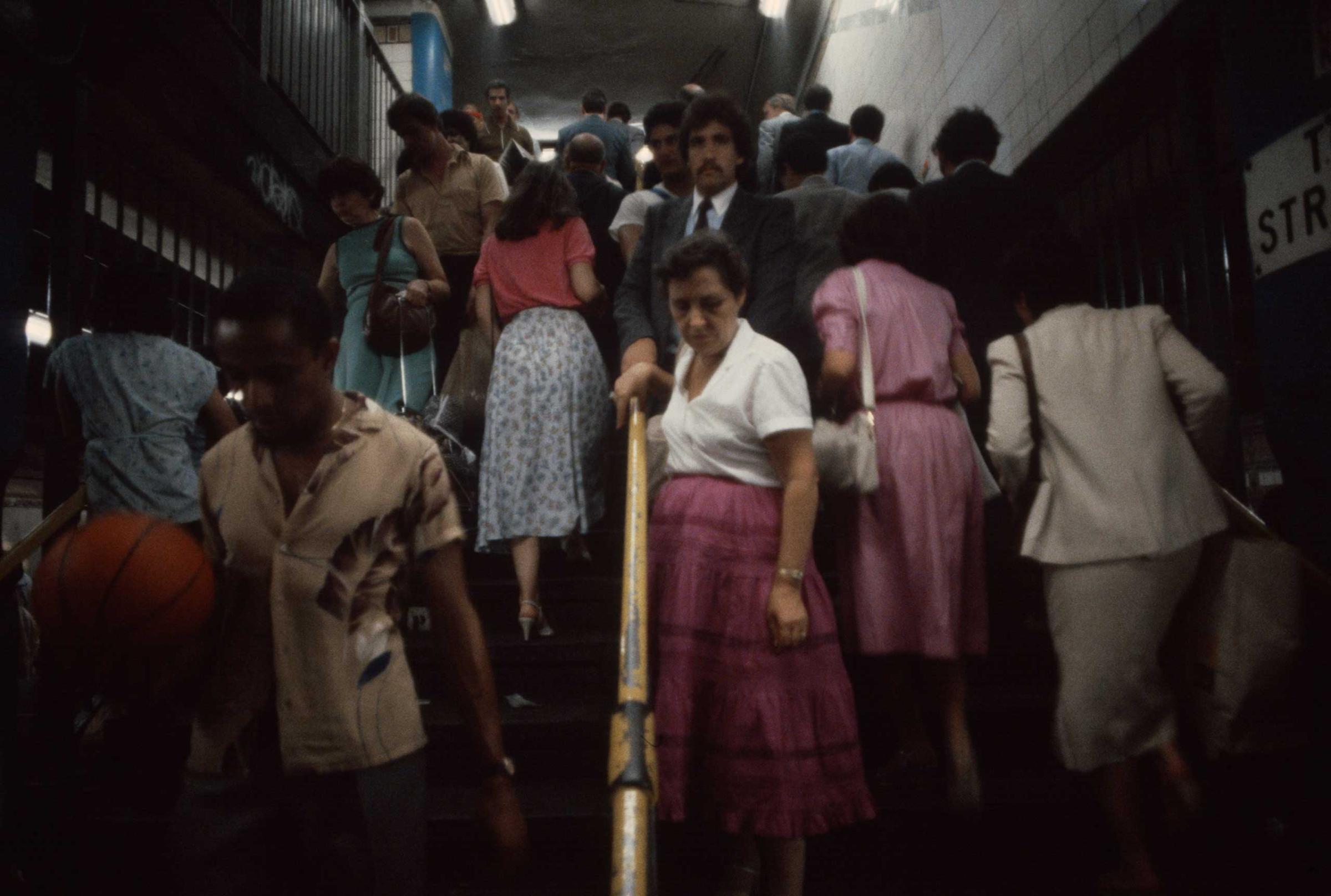
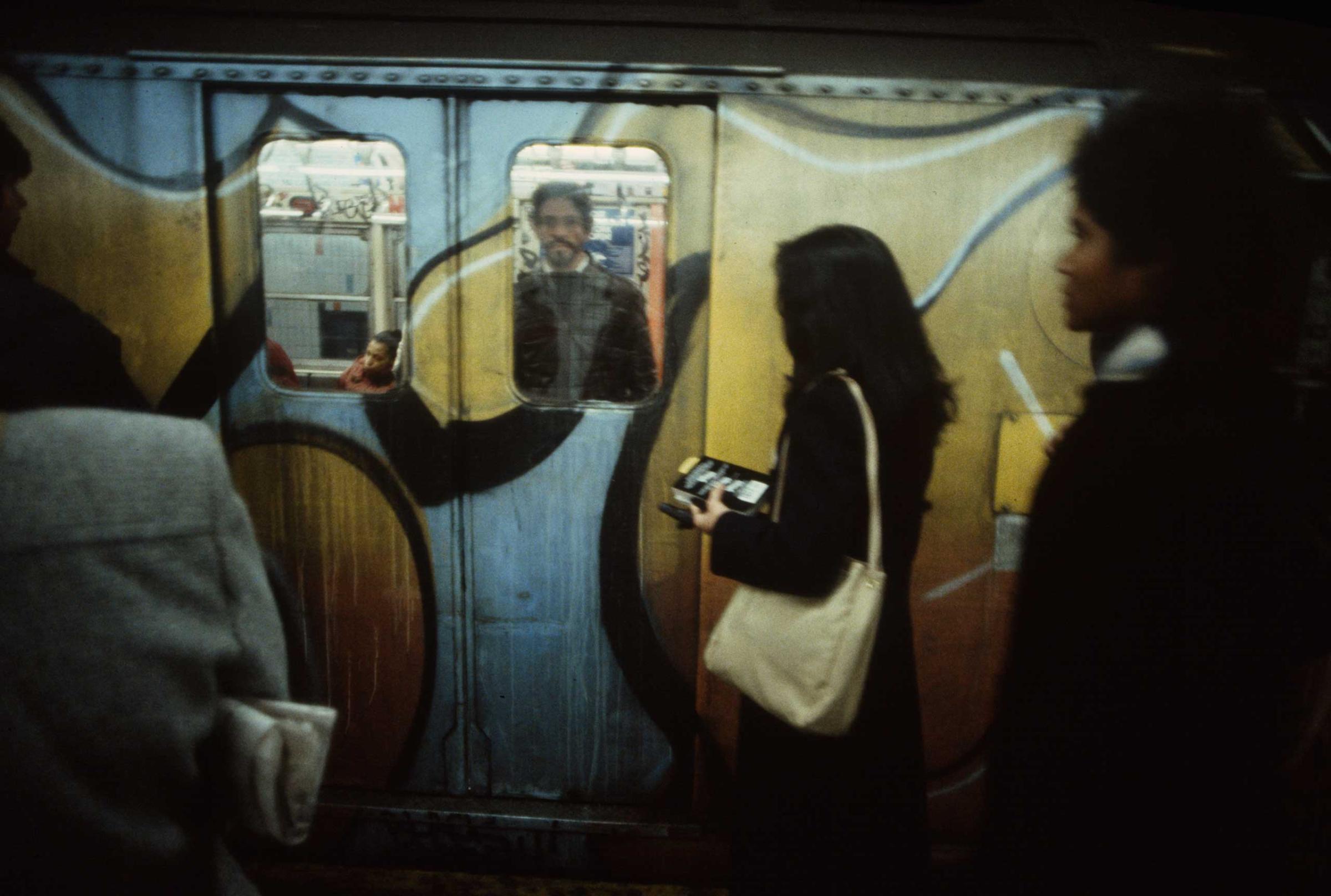
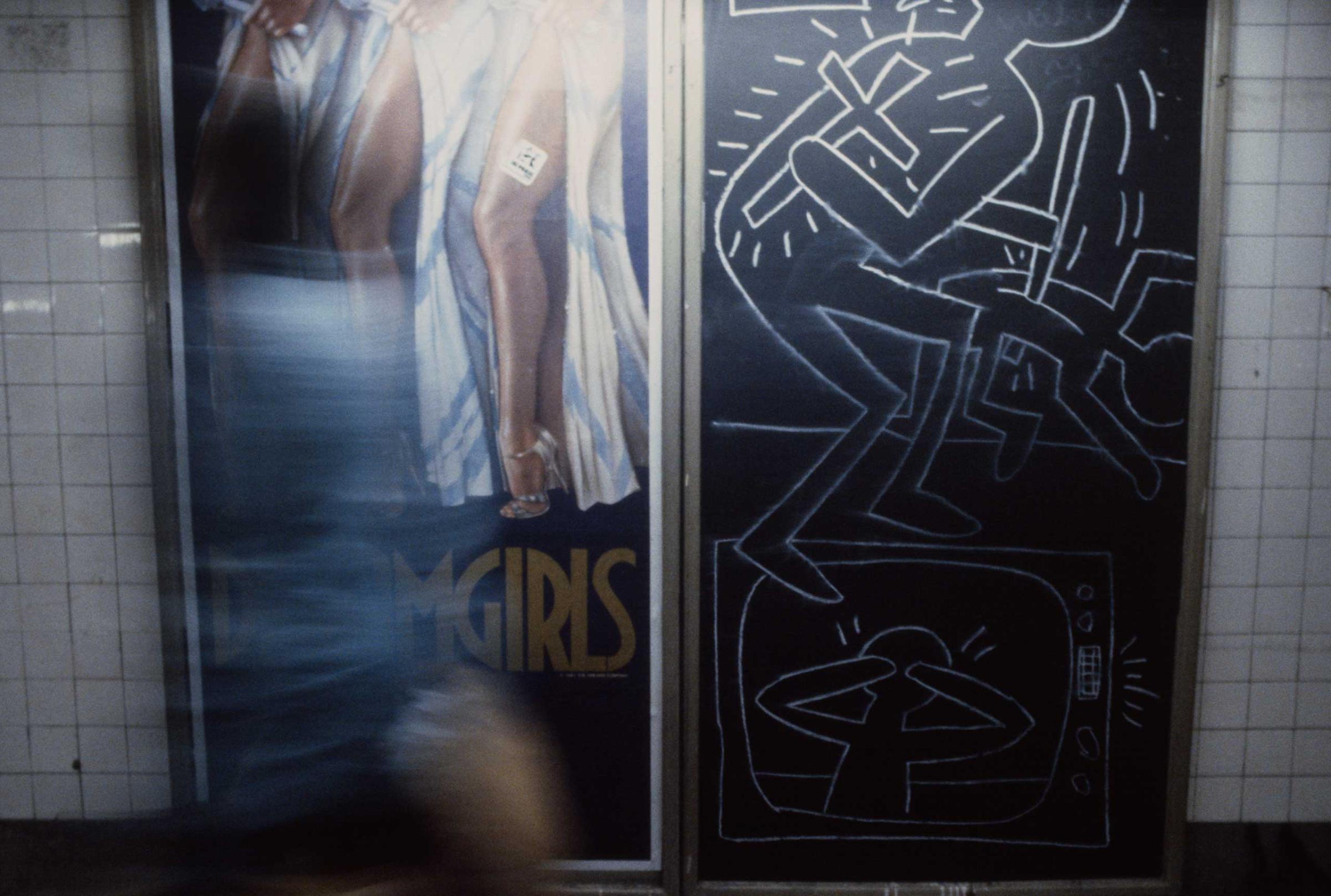
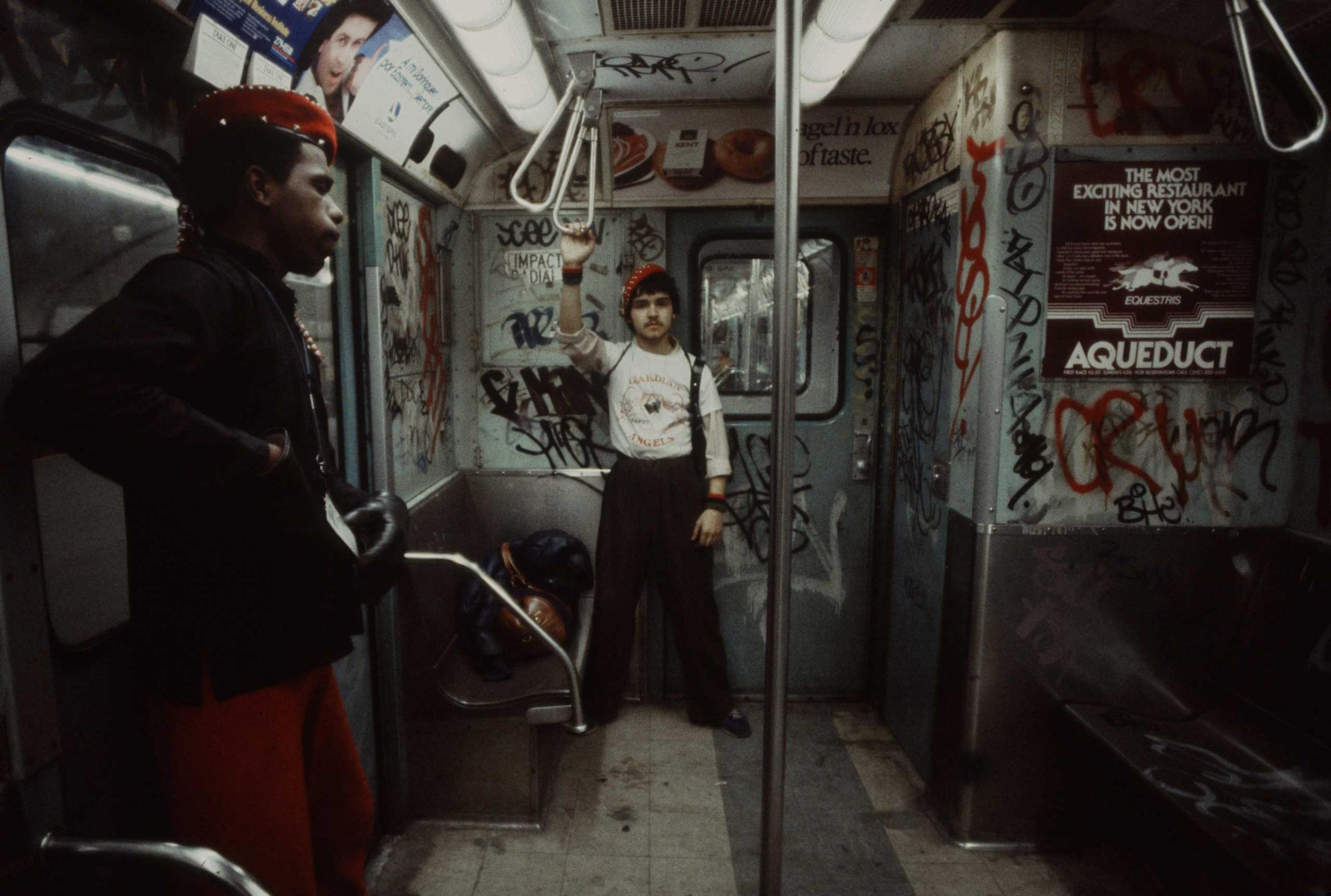
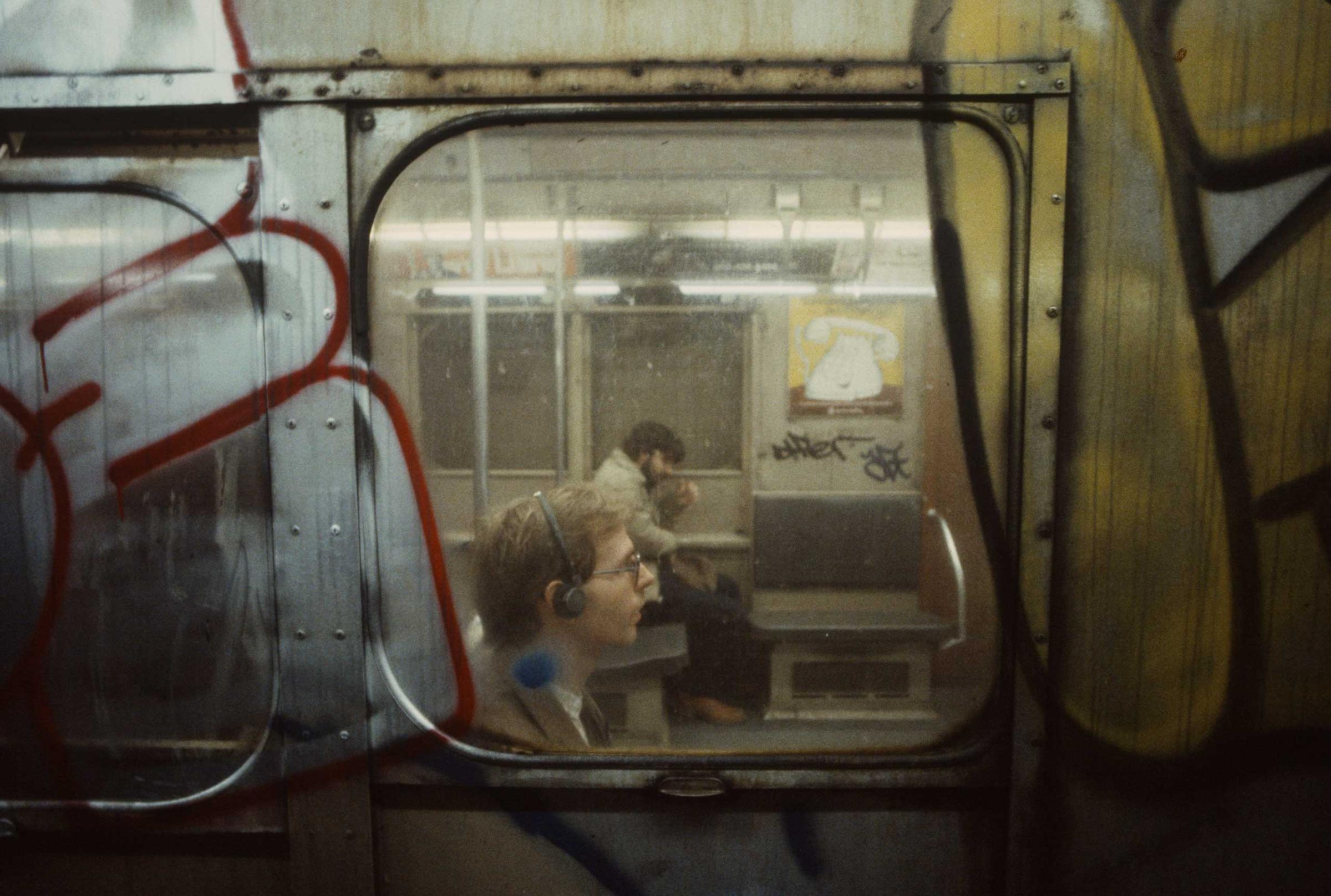
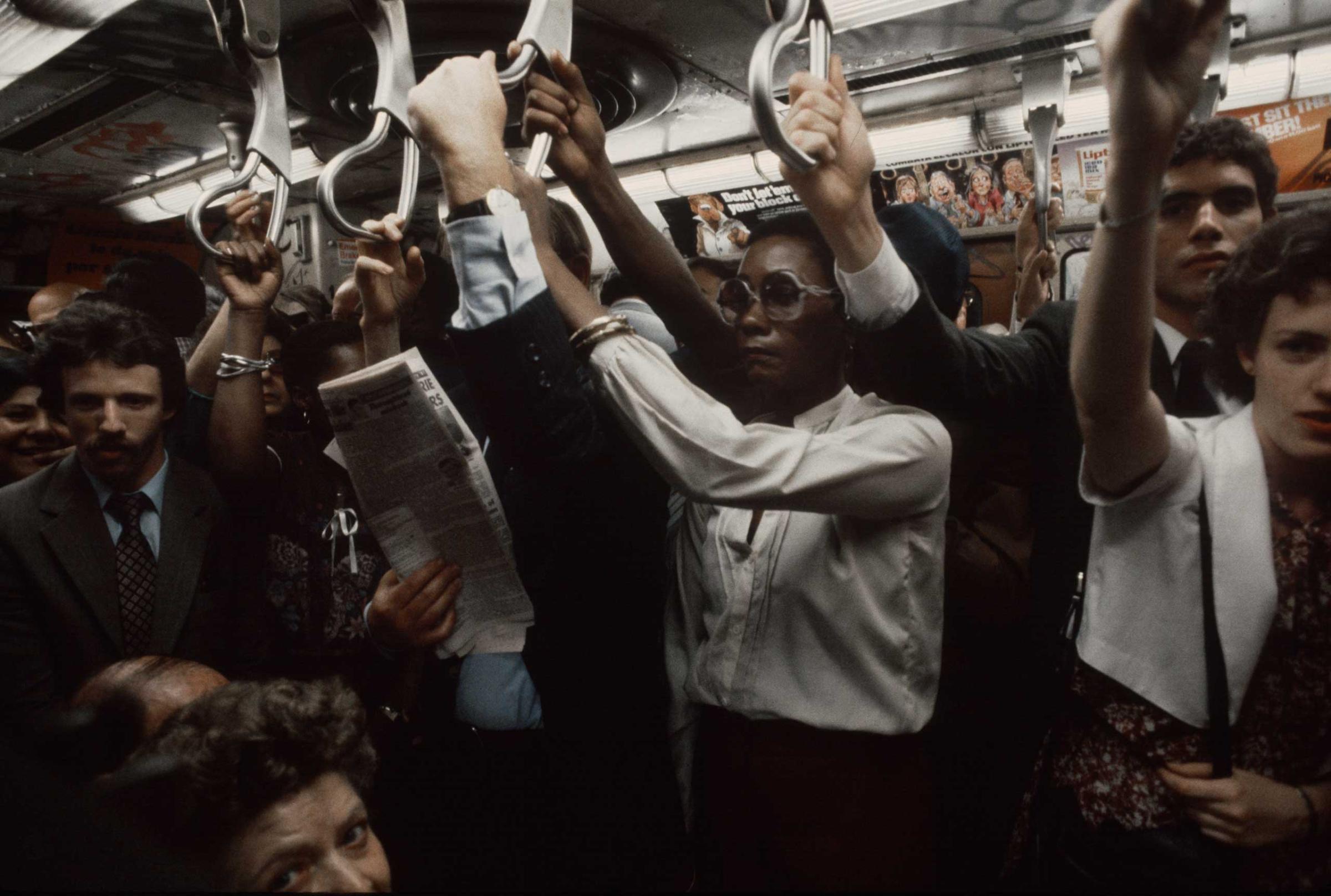
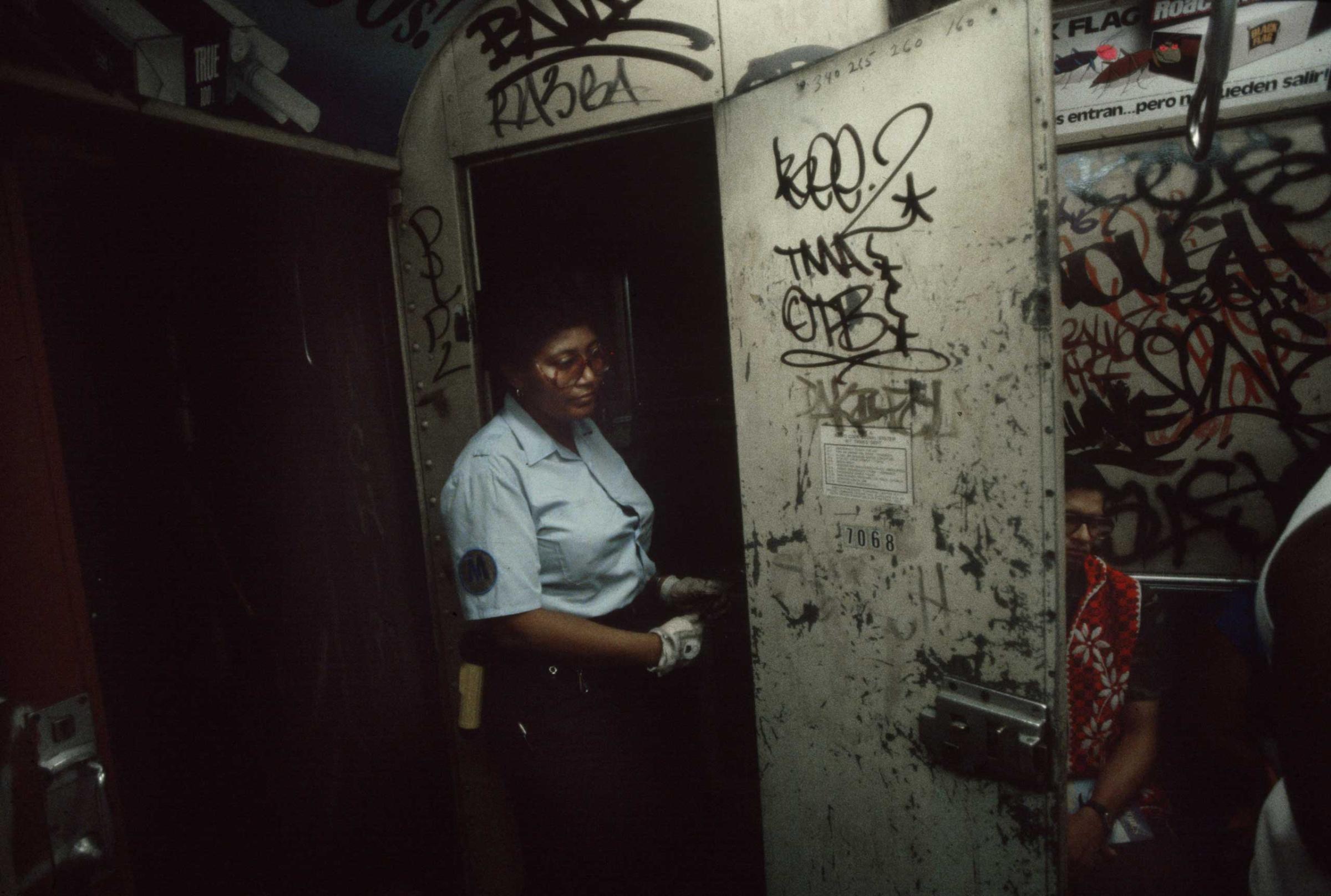
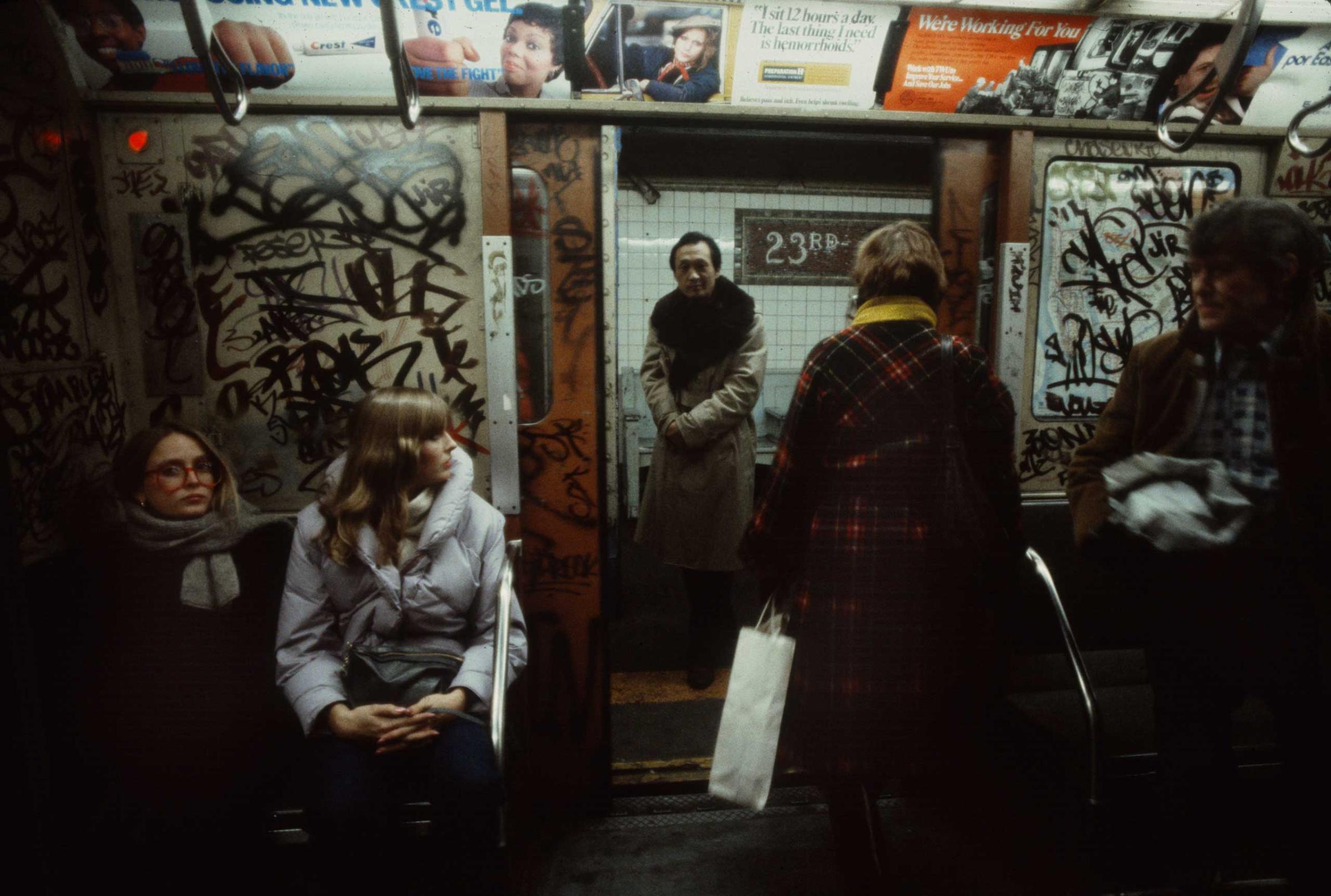
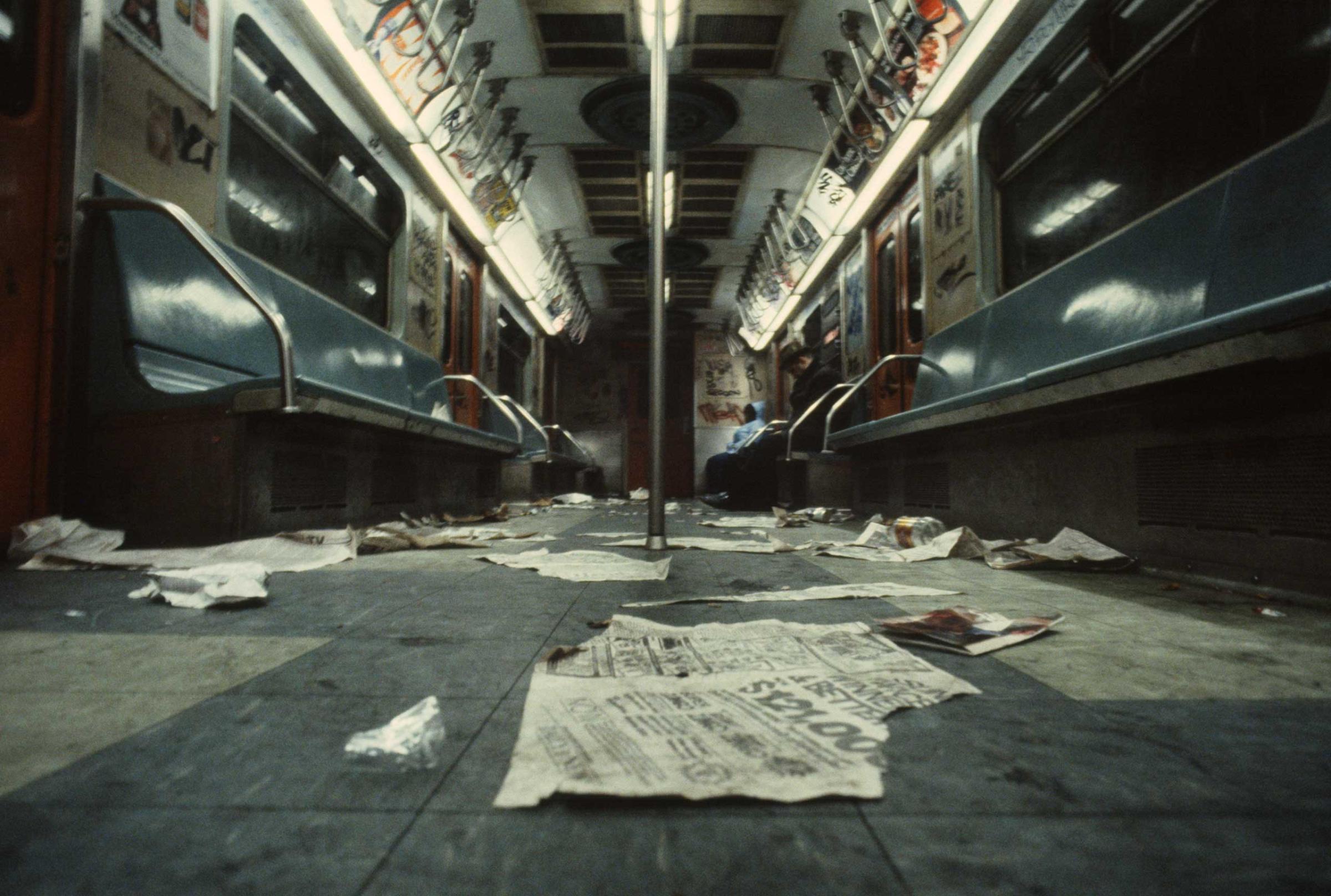
More Must-Reads from TIME
- Inside Elon Musk’s War on Washington
- Why Do More Young Adults Have Cancer?
- Colman Domingo Leads With Radical Love
- 11 New Books to Read in February
- How to Get Better at Doing Things Alone
- Cecily Strong on Goober the Clown
- Column: The Rise of America’s Broligarchy
- Introducing the 2025 Closers
Contact us at letters@time.com